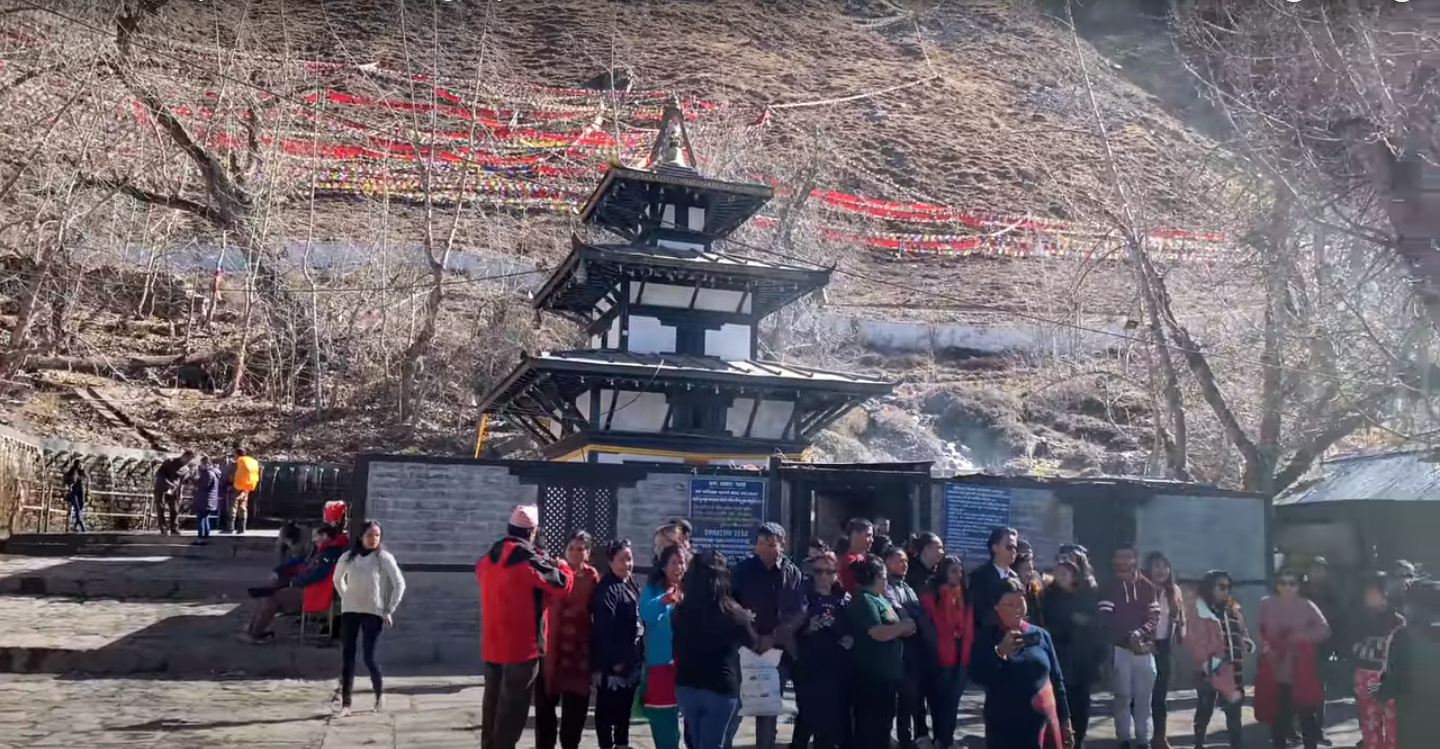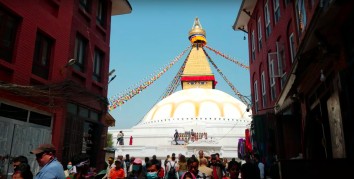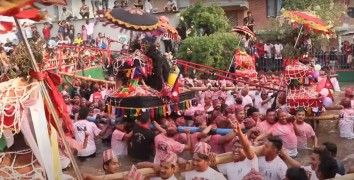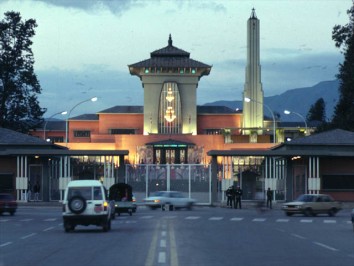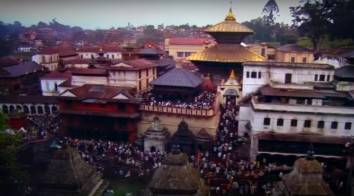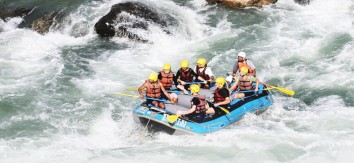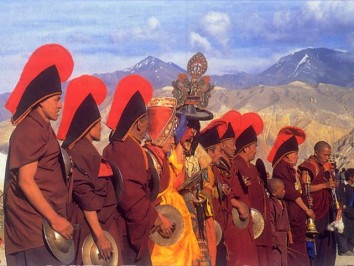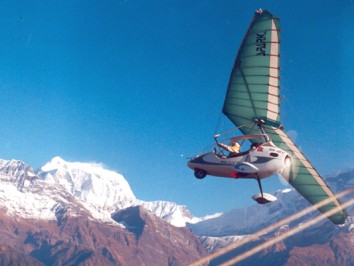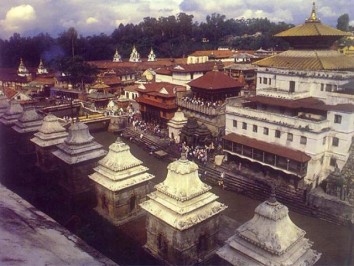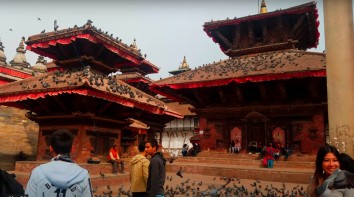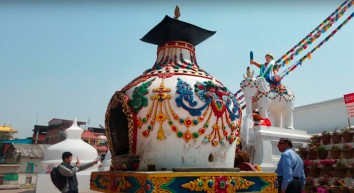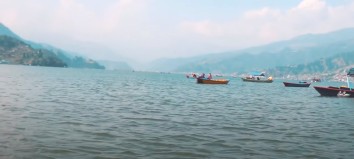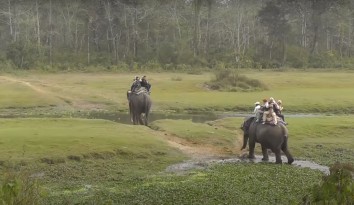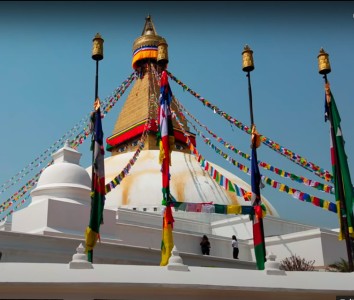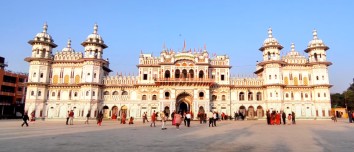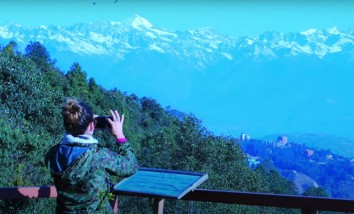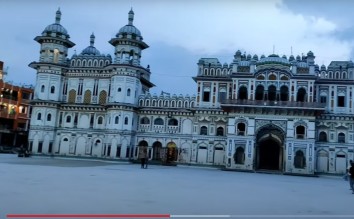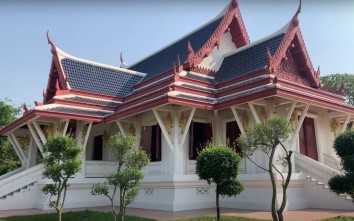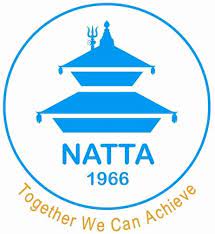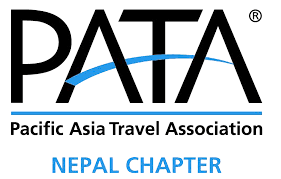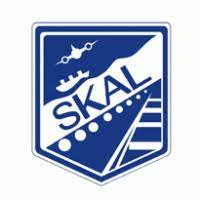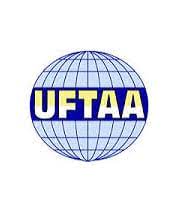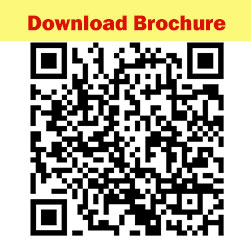Food
Breakfast
Accomodation
Hotel
Elevation
1350
Breakfast at Hotel. Sightseeing tour of Pashupantinath, Doleshwor Mahadev, Budhanilkantha and Kumari Temple (Kathmandu Durbar Square).
PASHUPATINATH 5 kms / 3 miles east of Kathmandu City lies Pashupatinath temple, the holiest temple dedicated to Lord Shiva in Nepal. Situated on the bank of the sacred Bagmati river, the temple is built in pagoda style with gilt roof and richly carved silver doors on four sides. Tourists are permitted to view the temple from the east bank of Bagmati river, entrance in the temple being strictly forbidden to all non Hindus. Pashupatinath is the centre of annual pilgrimage on the day of Shivaratri which falls in the month of February/March. There are cremation grounds on the bank of Bagmati river.
BUDHANILKANTHA Located approximately 10 kms./6.2 miles. 5 mt. long stone carving of Lord Vishnu in his most tranquil state made from a single huge stone in 7th century. Situated in lap of Shivapuri hill, the environement around the area is very peaceful and refreshing. 4 handed Lord Vishnu is sleeping on pond protected by 11-headed snake known as Ananta.
DOLESHWOR MAHADEV 20 kms / 12.4 miles east of Kathmandu City is where 4000 years old head of Kedarnath, Doleshwor Mahadev is located. The head priest of Kedarnath declared Doleshwor Mahadev as head of Kedarnath on August 22, 2009. Yatra (Visit) to Kedarnath is believed to be incomplete without Doleshwor Mahadev and Pashupatinath Yatra (visit).
KATHMANDU CITY- Nowhere in the world can one find the same concentration of culture, art and tradition that exits in Kathmandu valley. Once known as Kantipur, Kathmandu is the capital of Nepal. The city is a concentration of temples. In the Durbar Square is the residence of Kumari the Virgin Goddess who acknowledges the greetings of the devotees from the balcony of her temple residence also Kasthmandap Temple, the source of the name of Kathmandu, Hanuman Dhoka the ancient palace of the Nepalese Royalty
 Heritage Nepal - Tours and Treks
Heritage Nepal - Tours and Treks